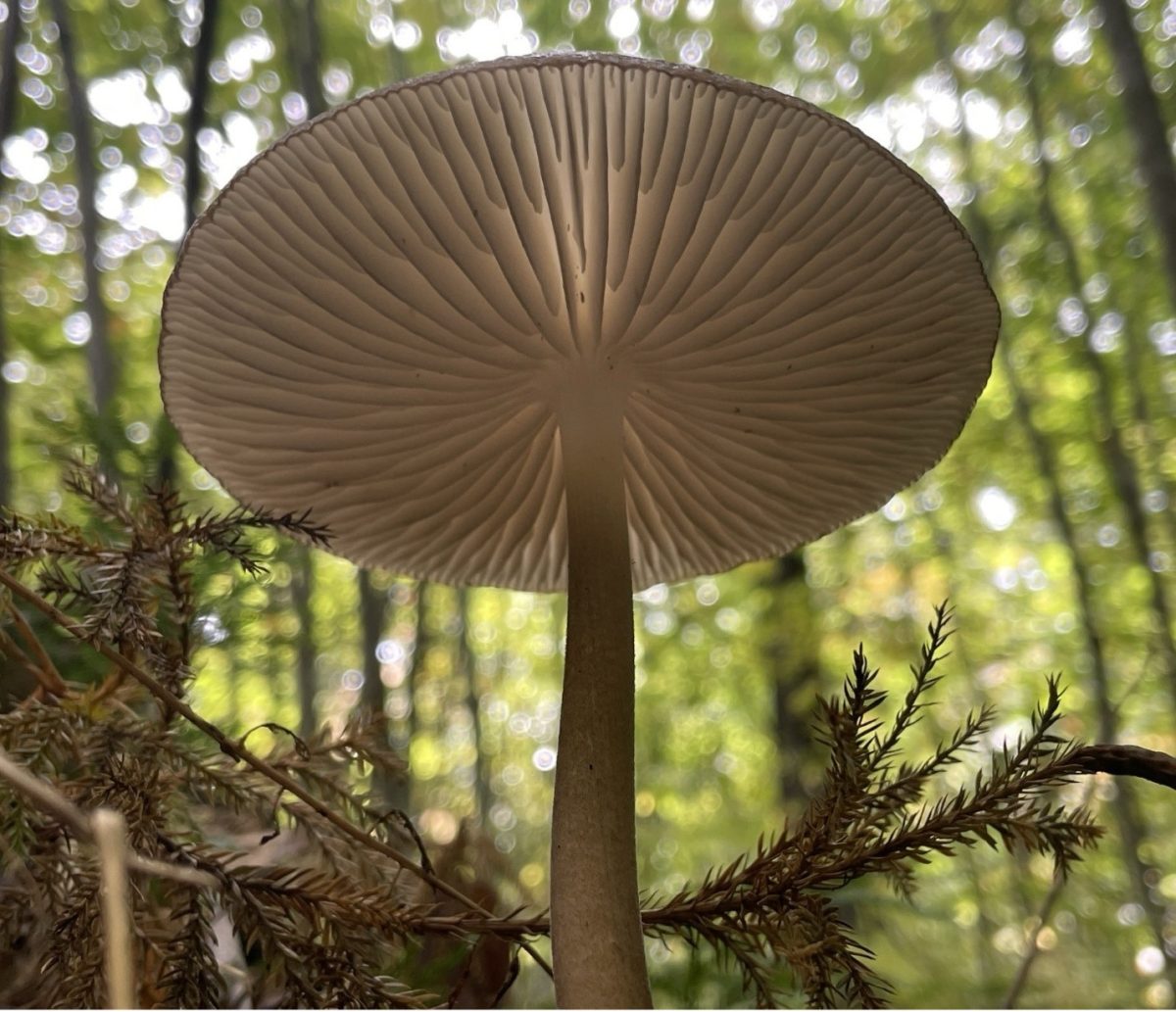We were always called a Liberal country, even though we had a Conservative prime minister, but I guess now, as of Monday night – we truly are Liberals.
The Canadian people voted and decided we were tired of our current prime minister, Stephen Harper. Being in office for 10 years is indeed a little excessive, especially when the changes that were seen over those years were detrimental to the country.
I am sure, there are a few of you who are reading this who didn’t even know we were having an election, or who was running or even how it works. But that is fine, because it was only 78 days long – not two years. Even though the election only ran for 78 days, it was still the longest in Canadian history.
Our electoral system is clearly a little different from the American system, so let me explain. There are five federal political parties that have members of parliament in the House of Commons; the Conservatives, New Democratic Party (NDP), Liberal, Bloc Québécois and the Green Party of Canada.
The three candidates for the major political parties this year were Harper, Conservative; Thomas Mulcair, NDP; our new prime minister, Justin Trudeau, Liberal party; Gilles Duceppe, Bloc Québécois; and Elizabeth May, the Green Party of Canada.
How one of these five candidates becomes the prime minister is actually pretty interesting. Canada is split up into 338 ridings or districts. Within each riding, there are representatives for each of the federal political parties.
These representatives – if elected – are who make up the Commons. If elected within the riding they are the new member of parliament for that district and occupy a seat in the Commons for their political party.
The party that wins the most ridings or districts is asked by the governor general to form the government – its prime minister candidate becomes prime minister. Although, a majority of seats occupied within the Commons is not required to become prime minister, it obviously makes passing legislation a little easier.
So basically, when you are voting in your riding, yes you are voting for the political party candidate you want to represent the country as prime minister, but on the ballot you are actually voting for your riding’s member of parliament – not directly selecting the prime minister candidate.
After the 2015 election, the Liberal political party holds a majority in the Commons with 184 seats. It was truly a historic election for Canada because of the length of the campaign, Liberals pushed the Conservative representatives out one vote at a time and Trudeau gets to continue the family legacy in the hot seat.
It just baffles me, however, how a new leader of a country was elected without an expensive, two-year campaign battle that just made all the candidates look like they will ruin the country.
And, the whole world didn’t have it shoved in its face for two years.
It’s strange how a change of government doesn’t have to annoy millions of people on a regular basis. Who would have thought?
BECKY HILKER
[email protected]




